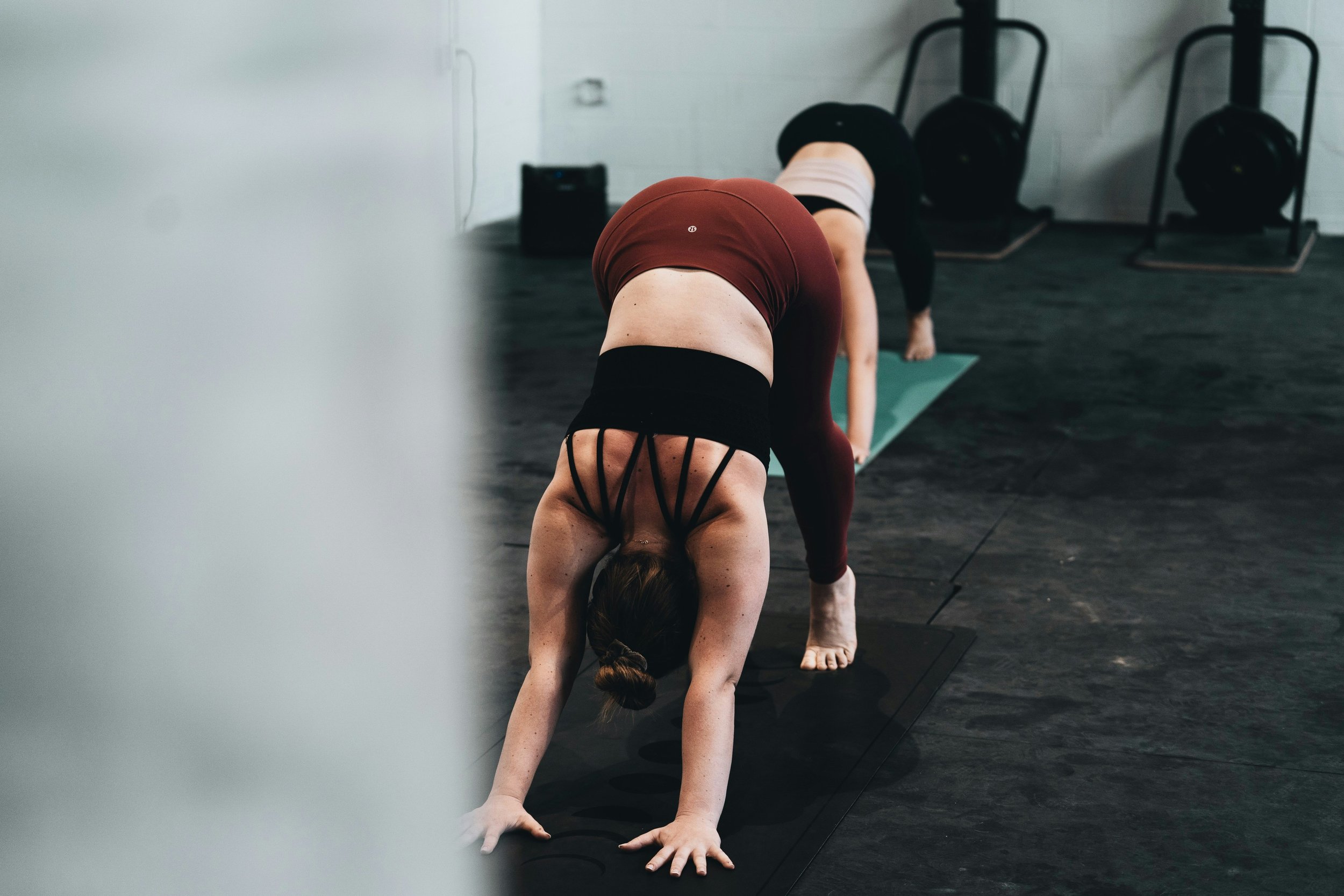How Yoga Improves Balance, According to Science
It’s only when balance is taken away that we realise how much we rely on it — not just physically, but mentally too.
You’re in Tree Pose, breathing steadily, when your yoga teacher gently suggests: “Let’s try it with eyes closed.” Almost instantly, the room seems to sway — legs wobble, arms flutter — as if the whole forest has come alive. Why? Because without visual focus, balance becomes far more challenging. Now imagine living like that every day. Imagine stepping into a yoga class while visually impaired. It might sound impossible.
But it’s not.
For many people who are blind or visually impaired, this is their reality — and yet, in a quiet yoga studio in Washington, D.C., a group of legally blind adults discovered that their sense of balance didn’t have to disappear. It could be relearned. Reawakened. Reclaimed — breath by breath, posture by posture.
In a study published in the PLOS one titled Ashtanga-Based Yoga Therapy Increases the Sensory Contribution to Postural Stability in Visually-Impaired Persons at Risk for Falls as Measured by the Wii Balance Board: A Pilot Randomized Controlled Trial, balance was found to increase in persons with visual impairment after 8 weeks of practicing a modified Ashtanga yoga practice 3 times a week.
More specifically, this was a modified form of Ashtanga yoga developed just for them — slow, grounded, breath-led movements that didn’t demand sight, only presence. The sequence was designed to promote balance with a focus on strength, hip opening (e.g., adduction, abduction) and ankle flexibility (e.g., dorsiflexion).
The eight-week yoga program paired one group class a week with two home sessions guided by audio recordings. The classes included simple modifications to postures, clear descriptions, and hands-on adjustments. Each class began with seated breathing, a warm-up, standing postures, seated postures, followed by breathing and a final relaxation (read more about the list of poses practiced here).
And slowly, something began to shift.
After two months, participants didn’t just feel different — their bodies proved it. Using a Nintendo Wii Balance Board (yes, the same one from your cousin’s living room in 2009), researchers tracked the tiny movements of each person as they stood in various conditions — firm floor, eyes open; foam pad, eyes closed. For most people, standing on a foam mat with eyes shut is disorienting. For someone who is blind, it’s everyday life. But after yoga, their stability improved.
Not in the way you might think. Their bodies actually moved more, not less — a counterintuitive finding that makes perfect sense in this context. When vision is no longer a reliable guide, the body needs to “reweight” its other senses. Yoga seemed to teach it how.
As participants learned to root through the feet and open through the hips, they weren’t becoming still statues — they were tuning into micro-adjustments, reawakening dormant sensory systems. Their subtle sways became smarter. Their base of support more responsive. The result? A steadier self, built from the inside out.
And it wasn’t just on the mat. A simple one-legged balance test improved too. So did lower-body strength and flexibility — both key factors in preventing falls, and both things we lose as we age.
But perhaps what changed most wasn’t captured by the Wii. It was what participants said: that they felt more confident walking. That they began trusting their bodies again. That they didn’t feel quite so afraid of falling.
We often talk about yoga as a path to inner peace. But here, yoga became something more tactile — a path to independence, to freedom of movement, to the kind of quiet self-trust that can change how someone navigates the world.
You don’t need sight to find balance. You need breath. You need awareness. You need a space — and a practice — that believes in your body’s potential to remember.
And sometimes, that starts with standing still on foam.
Related articles:
